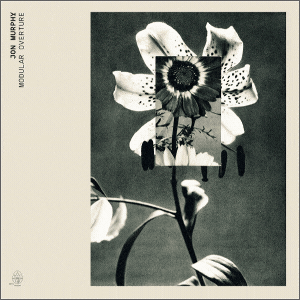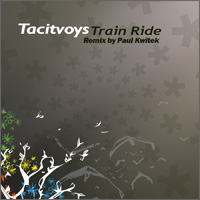
(02.04.07) Is that which blows the mind a static thing? My progressivist worldview makes me want stuff to progressively change for the better. If my mind was blown by Deep Forest (YES, Jon Anderson! I bought The Deseo Remixes in 1995! YES!), then it stands to reason that it would be more blown by the latest mind blowing trance music, eh? Can my mind become more blown by trance that’s newer and… um…trancier ? Would I litter my writing with rhetorical questions because I couldn’t quite come around to what I wanted to say? And in these moments when I don’t know quite what to say because I’m tired of talking and working and inhabiting a body, all I really want to do is listen to a gentle trance piece like “Train Ride.” And while some listeners may not be able to distinguish it from, say, any other trance track ever made, I still love it because it carries a torch. Trance becomes a tradition, not a vehicle for progress, and I am satisfied. For it was me all along that was blowing my mind and the music just presented me with a doorway to a vast cosmos in which my newly en-tranced mind could be free. Freeing of the mind can be corny, I know. But, frankly, I may just rush out and buy the latest collection of ocean waves crashing into a deep forest of the abyss, not because I think that the newer version is going to be more oceanic, forested, Abyssinian than, say, any other collection within this milieu, but because Trance (capital T) is a noble torch that should be carried into the future by those illuminated enough to recognize and represent.
But I’m not telling the whole story, here. Train Ride is actually interesting and new and indicative of some sort of progress (whatever that means). I really like the dissonant bass line that runs through, confusing the dull yet entrancing 1-4 chord progression and creating an unpredictable array of subtle harmonics to confuse and confound (in a good way) the more fundamental frequencies. I like the contrastingly unpleasant static-cough in the PaulKwitek “Blueberry” mix. I like unexpected, dissonant noises that somehow end up being beautiful when I accept them as part of the whole and appreciate the unexpected harmonics they create.
I fucking love harmonics. I love the way a few tones converge and then these other, mysterious tones which I’m sure the artist didn’t play seem to resonate out of the natural vibrato and rise up over the mix. Like angels singing along. Like the human spirit dancing over the machine. (Look, there was a time when I, too, thoughtMDMA would save the world. Fuck you cynical, soulless pride! YOU rot creation!). I feel that these harmonics are the most essential element of trance. Trance is an investigation into what happens when beautiful tones are repeated together again and again their echoes run free and escape (like my mind) andtintinnabulate (I’m making it a verb) and then something ethereal seems to float up over the music. It’s a metaphor for my rising, fleeing soul! Tones do a lot of crazy shit when left to their own resonating devices. It’s like how vibrato need not be a computer-generated effect because it occurs naturally when two notes go together that aren’t perfectly in tune (I mean out of tune by just a handful of vibrations per second). Now I will justify my stream of consciousness with science (SZYINNSSE in da trance-house!):
Any system in which standing waves can form has numerous natural frequencies. The set of all possible standing waves are known as the harmonics of a system. The simplest of the harmonics is called the fundamental or first harmonic. Subsequent standing waves are called the second harmonic, third harmonic, etc.. The harmonics above the fundamental, especially in music theory, are sometimes also called overtones. (from Standing Waves by Glenn Elert, 1998-2006)
Ariel just looks like science. Okay here’s more: (also from “Standing Waves” by Glenn Elert, 1998-2006)
Thank you, sir. THE POINT IS: Trance, in general, generates these harmonic overtones like crazy! Magic tones come resonating, rising up out of their magic hiding place to sing along with those computer-generated, fundamental tones! Then the second, third, fourth, fifth harmonics gently resonate with each other and give birth to more magic tones and so on and so forth so that if you have really big speakers and a really big, echoing room and a hypnotizing beat and you pay close attention then the harmonics start to make their own music, above and beyond the fundamental tones. That’s the good stuff, I think. Unlocking the harmonic tones is the whole point of trance music as far as I am concerned.
In summary, Tacitvoys carries on the tradition by focusing on the tones. Tacitvoys rich and a pleasing cacophony opens the gate to harmonic overtones. If they can coax those harmonics out for a song, they have done a good thing.
Tacitvoys’ Train Ride will be available February 20, 2007 on Existence. Check it out at existencerecords.com along with some other sublime delicacies of the genre.






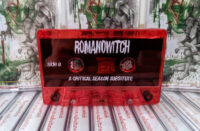
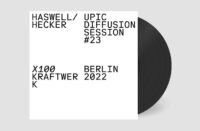
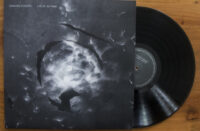

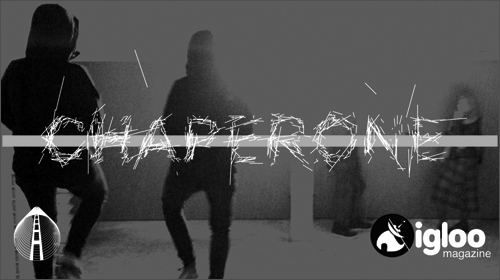

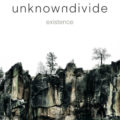


![Romanowitch :: A critical season substitute (glitch.cool) — [concise]](https://igloomag.com/wp/wp-content/uploads/2025/03/romanowitch-a-critical-season-substitute_tape_feat-75x75.jpg)







